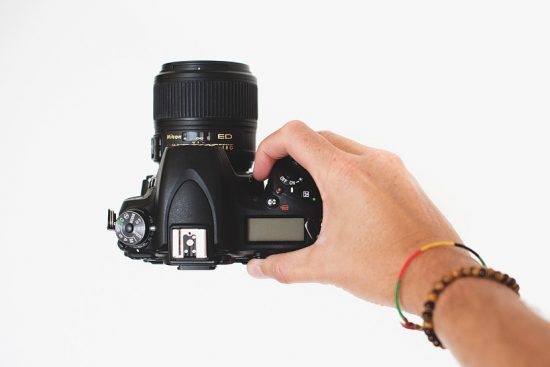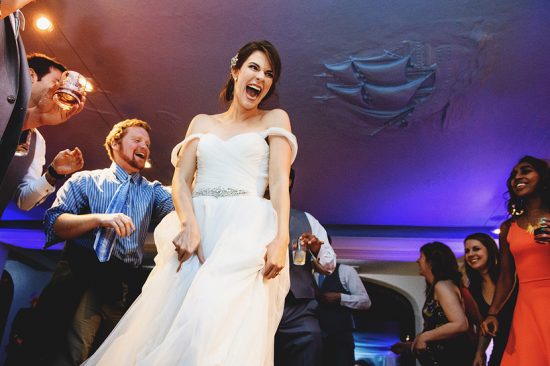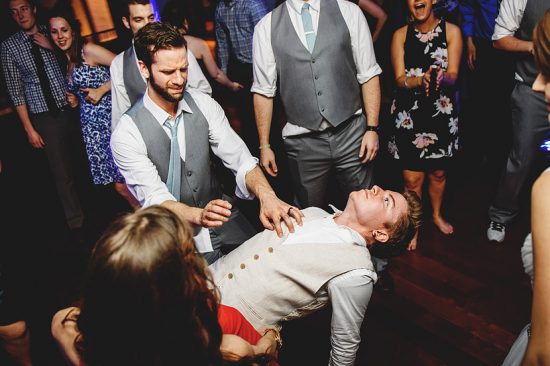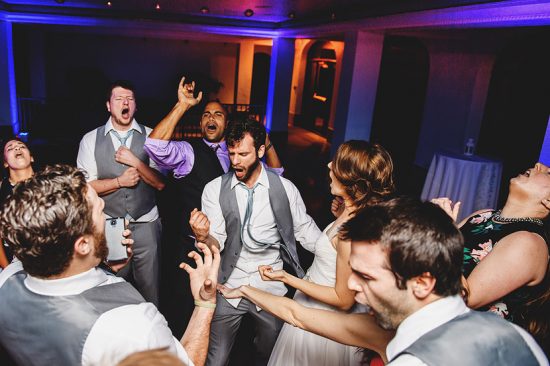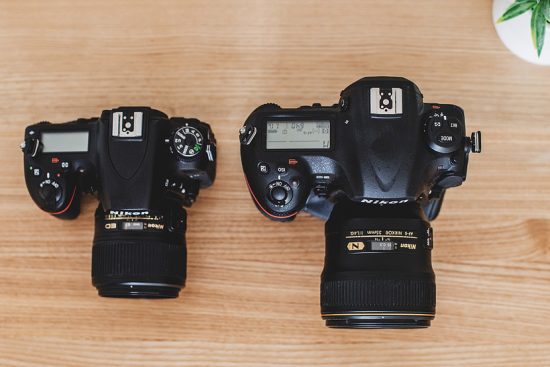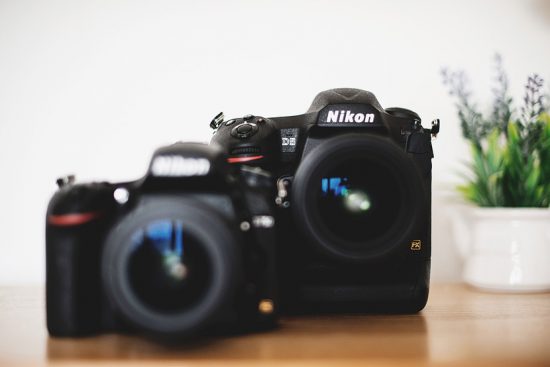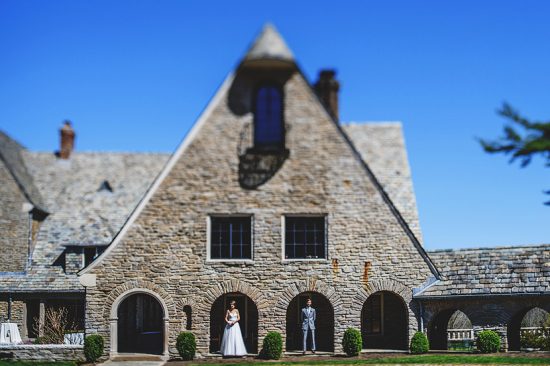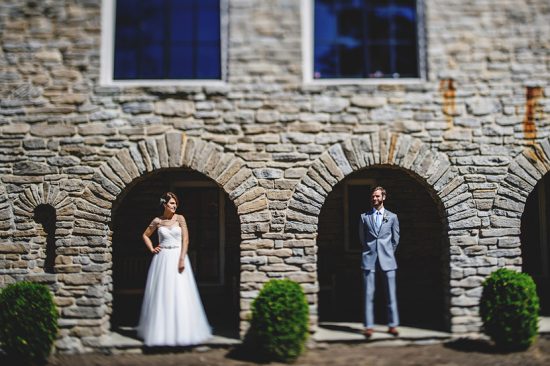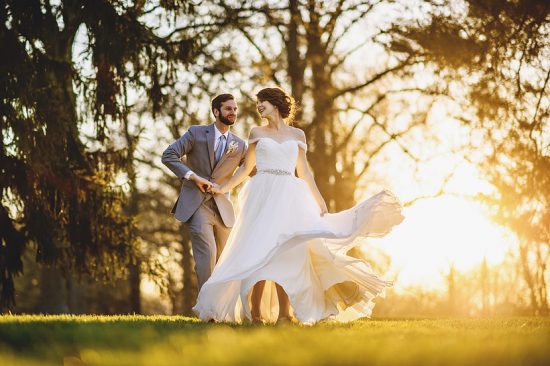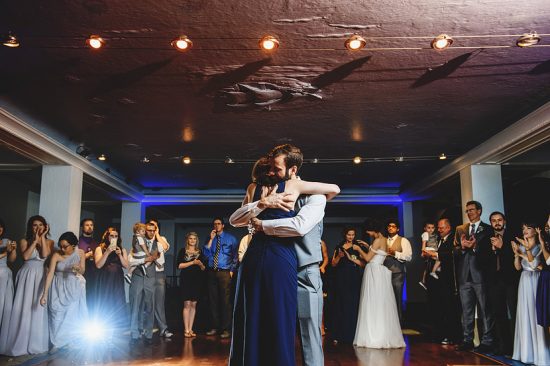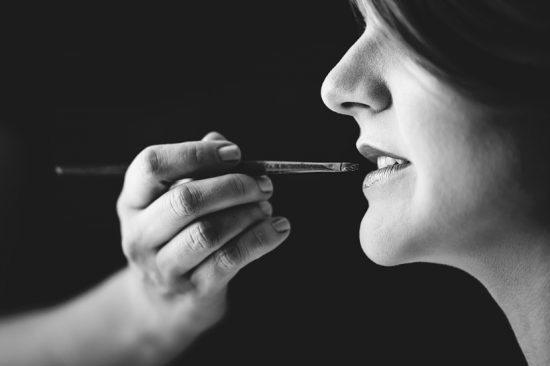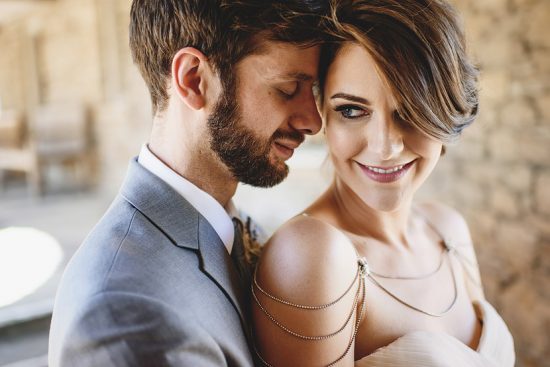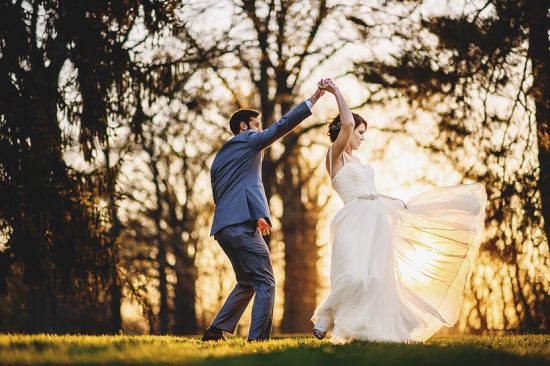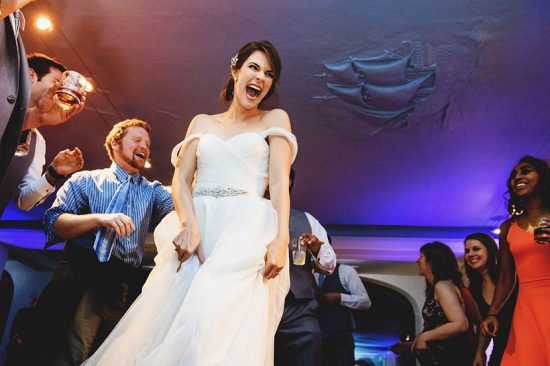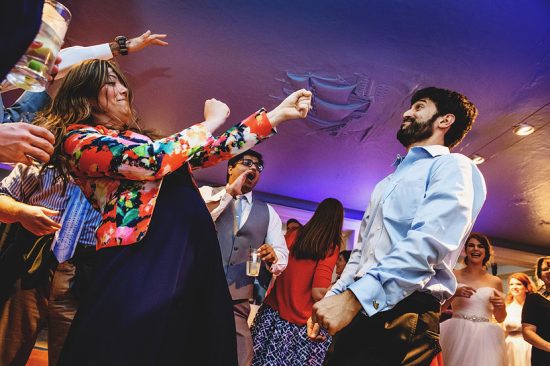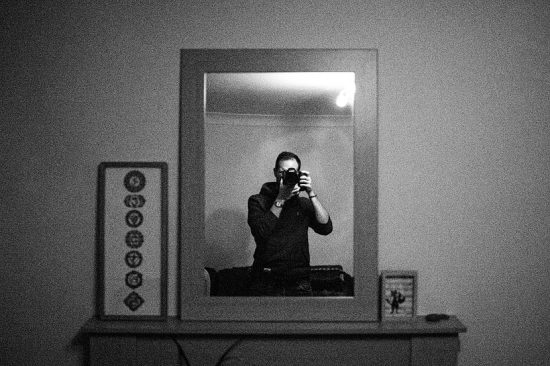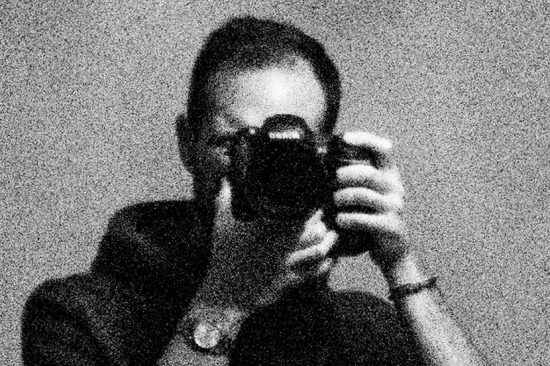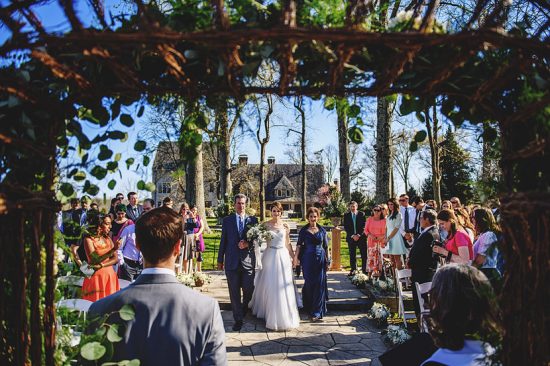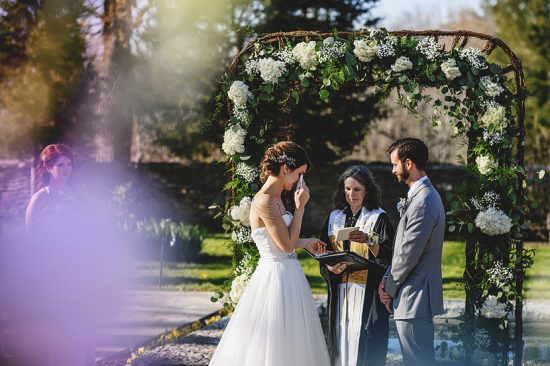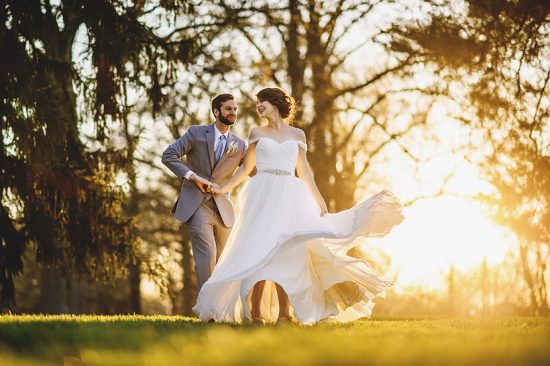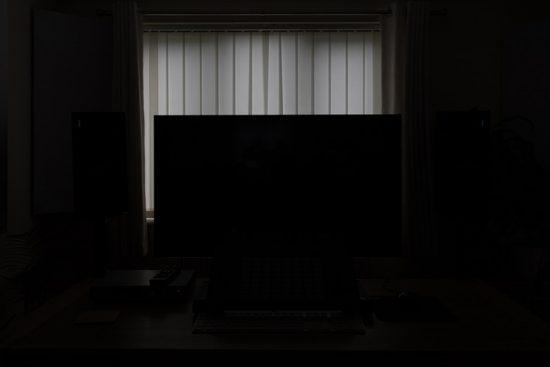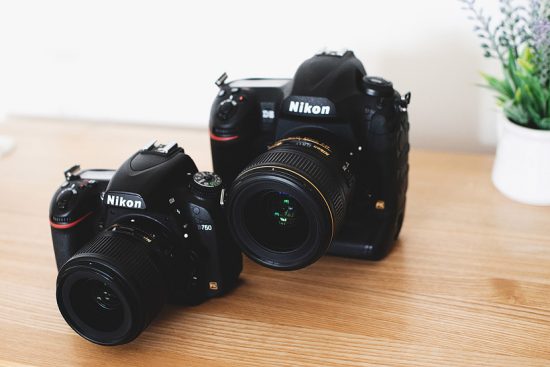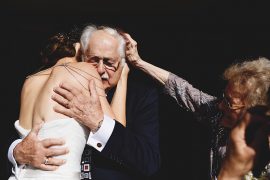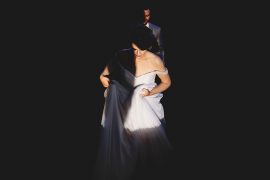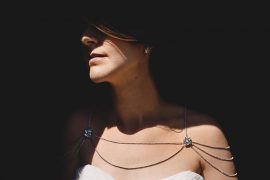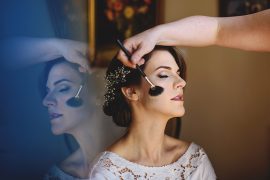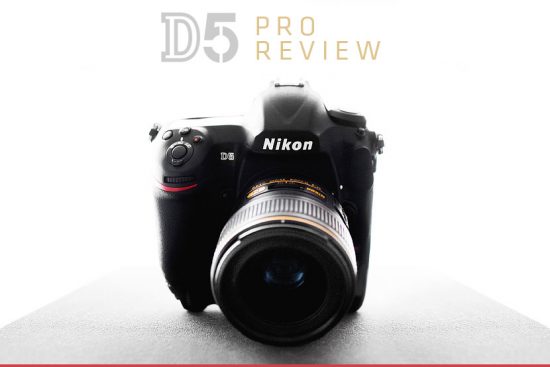
Nikon D5 review by Ross Harvey (Web, Facebook, Twitter, Instagram):
“Powerful, insanely fast, supremely agile, hauntingly accurate and a master of the dark. The Batman of the camera world.”
I could end the review there, but what fun would that be?
INTRODUCTION
As with my Nikon D750 Review, this Nikon D5 review is founded upon real world usage in a professional shooting environment. You will not find specification comparisons, tests at each ISO or in depth technical breakdowns. While I am a technical geek at heart, the only thing that matters to me when I’m shooting is the ability of the camera.
The Nikon D5 isn’t available in the UK yet, Nikon provided me with a review sample, which, much to my regret, I wasn’t allowed to keep. I did ask of course. More than once (thanks for being patient, Nina)! That being said, it’s an unbiased review; I’ve not been paid or employed to write anything specific, or to proffer a favourable report on the camera.
Being a loan camera there were some restrictions. Memory cards, mainly. I wasn’t prepared to buy a fleet of expensive XQD cards as I didn’t know if I was going to purchase a D5 (or two) for myself when they became available. That meant I used the D5 alongside my trusty D750, shooting various aspects of the day with each to ensure I had ample backup.
That offered its own benefits of course, I was able to directly compare the performance of each in various situations. If you’ve read the D750 review you’ll already know how highly I rate it. You’d not believe how many messages, comments and emails I’ve had from people saying they’ve bought the D750 – and even migrated from Canon to Nikon, replacing full kits – due to that review. Hundreds of people from all over the world, without exaggeration.
NIKON D5 ERGONOMICS
Nikon have always been known for their ergonomic efforts when designing cameras (the D4 was designed by Giogetto Giugiaro, a famous Italian designer). The Nikon D750 was the epitome of that effort, even being a small camera, its grip was deep and marvellously effective. We asked for it, Nikon listened to us. I’m still waiting for live previews / overlay when shooting double exposures though (come on Nikon! Canon, Fuji and Olympus have had that nailed for years now and it’s a great creative outlet which is an arduous process without an overlay).
The D5 rear display is now touch screen, making it much (much) easier to select the focus point when using Live View. Great job Nikon! You can also swipe through images when reviewing, and use pinch gestures to zoom in/out. While the Live View focus point touch ability was amazing, I preferred to use the dials and D-Pad for reviewing images. I found myself swiping the screen by accident. A very minor niggle, of course, it’s something you’d get used to avoiding with a little practice.
As you can clearly see the D5 is a whole lot bigger than the D750. The D5 grip is deep, offering a stable hold. Some of the (manic) dance floor shots were taken with the D5 being held high up in one hand, with the Nikon 24-70 ƒ2.8G zoom lens and Nikon SB-910 flash attached. Not light by any means, but the grip and balance of the camera was spot on.
Power stances! D5, 24-70mm ƒ2.8G, SB-910.>Should camera weight be a deciding factor? I used to think not, but my opinion has changed. I’m spoiled by the D750. It’s so light (especially when paired with the very capable 35mm ƒ1.8). So light in fact, when I picked up a Sony A7Rii with 35mm lens attached I was genuinely shocked – it felt twice as heavy and seemed even bulkier in my hands. Hardly small and portable; the marketing boon of mirrorless cameras. The Nikon ƒ1.8 lens range (20, 28, 35, 50 and 85mm) is incredibly light, affordable and capable. If you need a small system, look no further.
Was the Nikon D5 too heavy for me? Not at all, I used twin D3s’s before moving to the D750s. I am however – and I don’t say this in a chest thumping manner – strong and fit. If you have back, shoulder or arm issues a lighter camera may be a more sensible choice. The means in which you carry and hold the camera makes a difference too. Tucking your elbows in can distribute the weight through your midriff, and using Spider Clips will keep the weight at your hips (and hence directly through your legs – not your torso) when at rest. I cannot fathom, at all, why people opt for shoulder straps or the trendy, but limiting, Money Maker system over something as light, functional and minimal as the Spider Belt system. For the record, I don’t use the large Spider belt itself, just the clips (attached to my own belt).
The button layout of the D5 is similar to the previous flagship models, all within reach and easily accessible. That’s all I need to say on the matter – they work. No issues whatsoever.
NIKON D5 VIEWFINDER
The D5 optical viewfinder is big and bright. The best example I can think of to illustrate this is manually finding focus (without zooming in Live View) using the 45mm ƒ2.8 TSE (Tilt Shift) lens. It was set to an extreme angle, meaning the focal plane was tilted to the maximum, making the focal area very small indeed. To test it further, I stood far away from the couple in the below shot to make their faces (the focus area) incredibly small in the frame.
The results speak for themselves; I had no issues finding manual focus (quickly) for the above two photographs. The first photograph being especially testing due to the tiny focus area. Focus was hit the first time, I did not need to ‘spam’ shots above and below their faces to attain the correct focus.
NIKON D5 AUTOFOCUS
Now we’re getting to the juicy stuff. To sum it up, the AF on the D5 is sublime. Fast and accurate, including the outer points (which I tested extensively). I see, compose and shoot quickly, and I need a camera that can keep up with that pace. The D5 didn’t miss a beat. Backlit conditions are a great test for AF – an extreme situation. How about shooting a bride and groom dancing, with the deep, setting sun directly behind them?
As the saying goes, a picture is worth a thousand words. Although in this case, the Encyclopedia Britannica. An incredible image that showcases not only the AF in hard conditions, but also the capability of the D5 sensor and the RAW files it produces. More on that later.
Another mind boggling ‘AF moment’ occured when I was shooting in near darkness. The below first dance shots were taken using off camera flash; SB-910 as a key, SB-900 as a kicker, using Phottix Odin triggers (great triggers, non-existent customer service).

A loving squeeze; the bride and groom’s first dance together. D5, 24-70mm ƒ2.8G, off camera flash.
The crucial aspect to the success of these photographs is not immediately obvious; how the room looked to the naked eye. It was incredibly dark. The dancing ‘spot’ the couple occupied fell between the (dim) overheard lights, which were pointing outwards. As I was using off camera flash, and the Odin controller has no AF assist beam (unlike the flash units), I had to rely on the D5’s low light AF ability. Which. Was. Ridiculous. Seriously, it was fantastic.
The D750 is already amazing in this regard, but the D5 beats it. I did miss a handful shots, but it was able to lock AF on even the most minimal of contrasts. As an example of this, in the above photograph I focused on the edge/top of the groom’s collar as it was on the same focal plane as the bride’s eyes (which were shaded with little contrast). To remind you, the light is provided by the off camera flash setup, there was hardly any light on them at all when the AF found the spot.
While 3D Tracking is eerily accurate, I always want full control over the focus point, and so I select the focus point manually. I use the 9-point mode (8 points that surround the selected point) and have found it perfect for my needs.
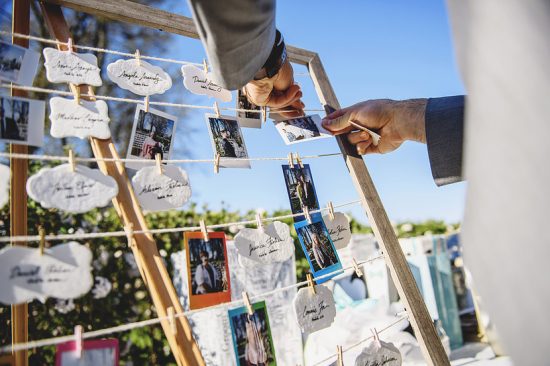


All taken with outer AF points. Check out that lens flare (boosted in post)!
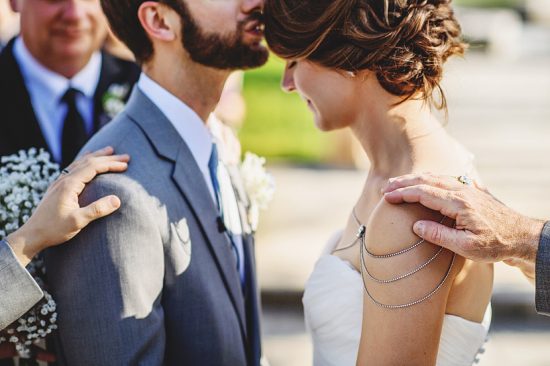
Bottom right AF point used during an intimate family blessing/reading during the ceremony. D5, 85mm ƒ1.4G.
NIKON D5 SPEED & BUFFER
Now it gets serious. 12 Frames per Second (FPS) serious. Being used to the speed and buffer of the D750, my mind was blown when I tested the D5 buffer and speed. Although to use the term ‘tested’ is to imply there were boundary conditions. I couldn’t find them in real world usage tests when shooting the wedding. Let that sink in – there were no boundaries or limiting factors to the speed and buffer. Watching a video pales in comparison to experiencing it yourself.
In this below video, the only reason the camera stops, then burst fires, is because I did that with the shutter. It just goes, and goes. It’s absolutely incredible. Keep your eye on the green Read/Write light on the back of the camera, and watch how fast it turns off (to indicate the buffer is empty). It’s almost instant. XQD cards are expensive, but my goodness me are they worth it.
NIKON D5 BUFFER VIDEO
Watching that again (as I have since returned the D5 to Nikon HQ), I’m no less blown away by it. “Is that really necessary?”, I hear some say. Well, that depends on you and what you shoot. Sport – absolutely. There is no better camera in the world for action photography, especially if the light can be less than optimal.
Weddings? Again, that depends on you. You will without question miss more shots in situations such as dancing or confetti with the D750 as the buffer and speed is incomparable; you capture more and give yourself more options during culling, as this screenshot from Photo Mechanic illustrates.

Nail that shot! 12FPS and an essentially unlimited buffer offers far more options when shooting and culling.
Two added bonuses of the blazing XQD cards are 1) the time it takes to download images from the card to the computer, and 2) instant image review and navigation on the D5 screen. I could get used to that!
NIKON D5 LOW LIGHT CAPABILITY
Oh boy. We all know Nikon is the DSLR heavyweight champion of the world when it comes to low light, but how far has this D5 taken us? I can answer that in two words: silly levels. 100K ‘usable’ ISO, expandable to 3M (yes, million). I emphasised ‘usable’ as that’s a very subjective term, and depends entirely on the circumstance of both the image as it was taken, and how that image is to be viewed (small/web vs large/print).
Personally, I consider a ‘usable’ high ISO image as one that will look great when printed large in colour in a 12×12 album. Like this (taken hand held – no tripod!)…

100% crop of the above (not the focus point area). Great noise and colour quality.
You’ve seen this below image before, but would you be surprised if I told you it was ISO 6400?
Super clean, and check out the colours! Why stop there? Have a guess which ISO this image was taken with…
ISO 12,800! Here’s a 100% crop…
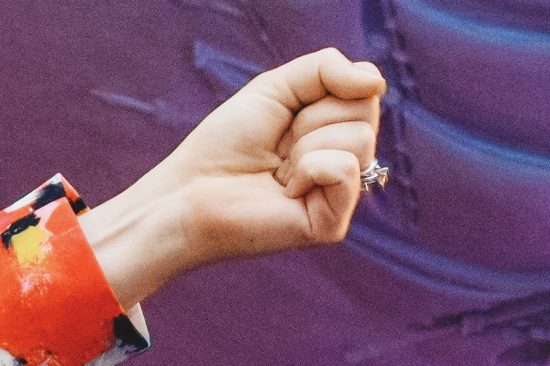
D5 at 12800 ISO, 24-70mm ƒ2.8G.
That is seriously impressive; usable for a high quality, large scale colour album. I didn’t need to take this shot at ISO 12800, I did it to show you how good the quality is at these levels. By quality I mean contrast, noise, detail and colour.
NIKON D5 – THE UPPER ECHELONS OF ISO
Usable high ISO colour images and usable high ISO B&W images are very different things. Due to my graphic design background I’m predominantly a colour photographer. To me, colour emphasises the vibrancy and emotion of the day. It’s also much harder to edit properly (skin tones), which is why you see so many UK church wedding ceremonies in B&W – tricky light makes for difficult colour editing! So most hit the B&W button. I’ll only do that if it’s nigh on impossible to get the skin tones spot on. To achieve usable, print worthy colour with accurate skin tones at ISO 12800 is very empowering indeed.
I still provide B&W photographs of course, some compositions are suited perfectly for it. How high could I go with the D5 and pass it as usable?
It may not look it, but that light above me was on the lowest level. I took a photo with my iPhone as a comparison but it turned out inky black.
Let’s play guess the ISO again…
12,800?
Nope.
25,600?
Guess again.
51,200?
Keep going…
.
.
.
.
.
64,000!
Sixty-four thousand ISO! Without noise reduction! Cropped at 100%…
Noisy indeed! But that’s to be expected at these levels of ISO. I focused on the Nikon logo – notice how it’s quite sharp, despite the distortion/blur from the noise. Try squinting your eyes and you’ll see what I mean. Looking at the original image, and because I’m a fan of high ISO noise in B&W images, I would be very happy to print this at 9×6. Possibly even 12×8. That makes it usable for albums (doesn’t have to be printed full size). What an achievement!
NIKON D5 RAW MANIPULATION
So with all this in mind, how good are the RAW files? What’s the dynamic range like?
Excellent, I’m happy to report. The below shot was taken during an outdoor ceremony in direct sunlight. I was able to push the shadows enough to reveal the full facial expressions while keeping it looking natural, as if there was a large reflector on the left side of the frame (like a white wall).
Laura, the bride, was overwhelmed by emotion as she read her vows to Jon. It was a beautiful moment. Light wise however, it was a tricky one! The sun was directly behind Laura, keeping her face hidden in deep shadow while hitting Jon’s face directly. Thankfully, due to the dynamic range of the RAW files, I was able to edit the image and achieve a balanced, realistic exposure between them.
Dynamic range in high contrast situations is crucial for flexibility and artistic photography. The sun as a backlight will put strain on lesser sensors, it’s as high contrast as you can get. The D5 RAW files again handled the task with aplomb.
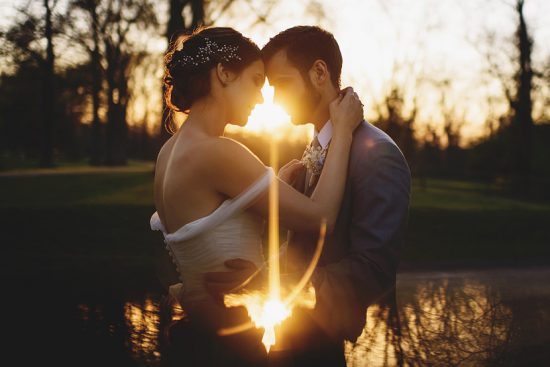
Sunset reflection. D5, 85mm ƒ1.4.
EXTREME SENSOR TEST: 5-STOP UNDEREXPOSURE @ ISO 100
As this element of the D750 review was so prolific, I felt compelled to do the same with the D5. This is an extreme example to test the sensor, it is not a real-world example (although it could save your skin if you messed an exposure up!).
How will the D5 compare to the fabled low ISO dynamic range of the D750? Below is the shot straight out of camera. It’s a photo of a friends audio studio, chosen for this test due to the perfect contrast of light walls and panels against the deep blacks of the studio gear. It doesn’t get harder than this!
First up the reigning champ, the Nikon D750

D750 at ISO 100, pushed 5 stops. Ridiculously clear in both light and shadow areas.
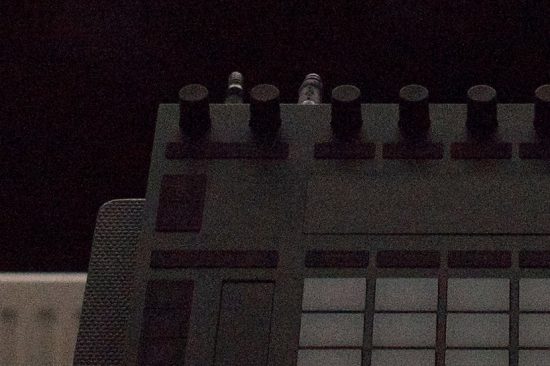
D750 at pushed ISO 100, 100% crop at focus point. Mind bogglingly good.
The quality and combination of low noise, noise consistency, noise quality, lack of patches/banding and retaining of detail is simply phenomenal.
Up next, the challenger, the flagship Nikon D5
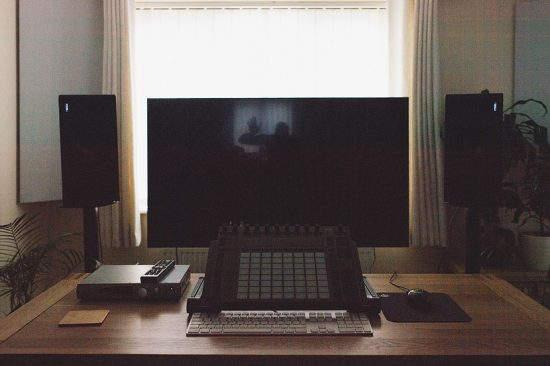
D5 at ISO 100, pushed 5 stops. Light patches suffer from chroma noise.
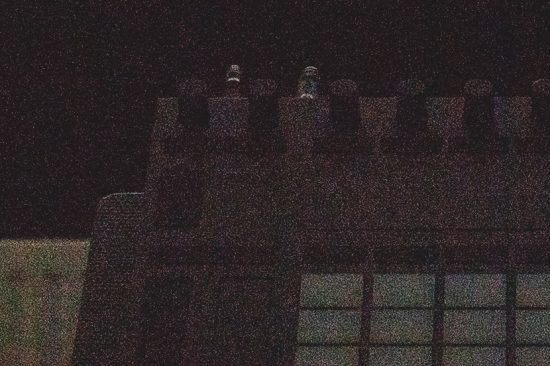
D5 at pushed ISO 100, 100% crop at focus point.
Ah well, you can’t have it all! The difference is significant. At normal size you can see chroma patching and banding, and at 100% it’s clear there is far less definition and detail. There’s a visible red band across the lower half of the image in the D5 shot. The Nikon D750 remains the undisputed DSLR king of dynamic range and shadow detail.
To repeat, this test is not indicative of normal use dynamic range levels. It’s a bit of fun to test the farthest boundaries fo the sensor. Upon normal use and editing (including pushing shadows), the D5 never let me down.
STREET PHOTOGRAPHY WITH THE NIKON D5
I was on a business trip in London while the D5 was in my possession, so I took the liberty of using it for some street photography, although I only had a couple of hours spare. Being much larger than the D750 it drew more attention than usual, but nothing some shooting courage (while remaining courteous) couldn’t overcome.
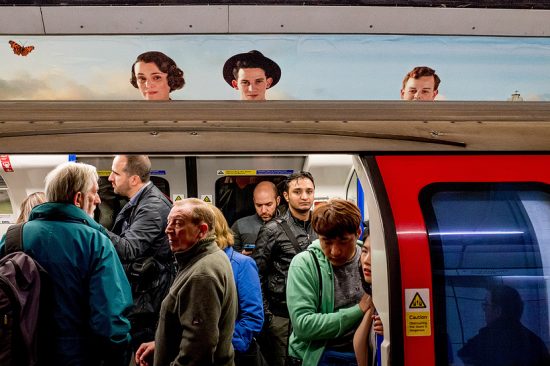
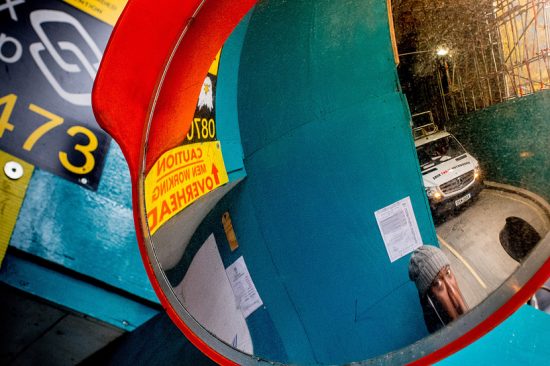
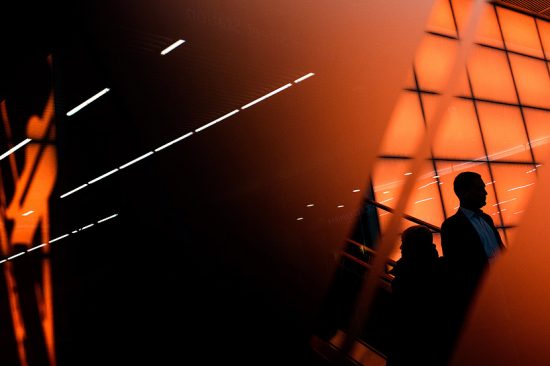
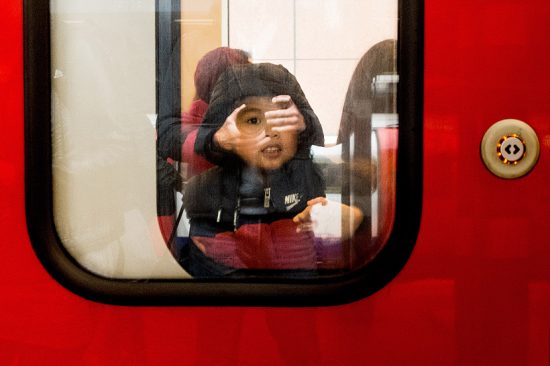
The last shot was taken at ISO 12800, ƒ5.6 in very low light (underground). I enjoyed using the D5 for street photography, it just worked. Flawlessly. Since I do not push shadows in street work (a slight contrast boost and that’s it), the insane dynamic range of the D750 isn’t important. The speed, buffer and high ISO capability catapults the D5 into its own league. Nothing can match it!
NIKON D5 CAMERA SETTINGS
Not much has changed – that I noticed – in terms of customisation and settings, so I set the D5 up in a similar way to that of my D750s. These settings can be found in the original Nikon D750 Review.
NIKON D5 OR NIKON D750?
While I do not believe that the D5 vs the D750 is a fair comparison – the flagship D5 costs far more than the D750 and is loaded with the latest technology in high ISO and speed – I know (a lot!) of people will ask me that question, so I’ll address it here. It depends entirely on you.
A camera will not make you a better photographer, but it can hold you back or set you free.
What do you shoot, and how do you shoot? Are you liberal or conservative with the shutter? Would you rather burst 3-5 shots per frame, or take a single shot? Do you shoot relatively static portraits, or do you have couples jump all over the place? (It happens!) When I used the D3s, I burst 3-4 shots per composition if elements/subjects in the frame were moving. I do miss that burst speed as it’s great for making sure you have the shot with peoples eyes open and/or facial expressions looking good (I’m sure everyone has experienced having a great shot rendered unusable by half closed eyes due to blinking!). I’ve since learned to live without the D3s FPS of course. I’ve also learned to live with the slower and smaller buffer of the D750. Does that mean I wouldn’t want a faster shutter and larger buffer? Absolutely not!
Do you hold the weight of the camera in your hands for long periods of time? Is the D5 too heavy for you? Do you travel a lot? What is your budget? For the cost of a single D5 you can buy two D750s with a couple of the 1.8G lenses (35 and 85 for example). If you need/want that insane shooting speed and buffer, coupled with the equally insane AF and high ISO capability, you only have one option. The D5 is a supreme achievement in capability.
We each find the right tool for ourselves. I captured images from both the D5 and D750 that I’m very happy with. Everything you’ve seen so far is from the D5 (of course), the following six images were taken with the D750…
CONCLUSION
The Nikon D5 is a revelation of capability. Its vital statistics – AF, low light AF, high ISO and shooting speed / buffer – are second to none. It’s an expensive camera and setup (XQD), but it’s the flagship Nikon and you get what you pay for. While the D750 has the better dynamic range at lower ISOs, you may not ever need, or even want that ability. I was pushing the shadows on the D5 in real-world examples without issue.
As a side note, the race for more MegaPixels is a farce, a distraction; a marketing ploy. I don’t want a camera with 40+ MP for either wedding or street photography. The 12MP of the D3s was the choice of countless professionals around the world (pro sports especially), and the vastly superior D5 is 20MP. More than enough. You could produce a huge print or canvas from that resolution. Don’t get sucked in to the MP hype; choose your camera(s) based on speed, AF, dynamic range and ISO performance. These four things are exponentially more valuable than MP.
Full marks to Nikon – 10/10. It’s a superior camera to all I have ever used. If you shoot fast action, this is the camera for you. Don’t even think twice about it, buy it. Right now.
The question: will I sell my D750s and move to a dual D5 setup?
While the D5 is an unrivalled, world leading piece of engineering, the D750 remains unbeatable for its price, weight and capability. I travel a lot, and having smaller, lighter gear over the course of a season is a big factor.
The D5 is a dream machine, and my finger is on the trigger. Watch this space!
THE GOOD
- World leading low light DSLR AF
- World leading high ISO DSLR performance
- World leading speed and buffer
- Touch screen live view focus point selection
- Fantastic ergonomics and grip
- Perfect balance with Nikon ƒ1.4G lenses
- Touch screen image review zoom control
- Instant image review and navigation
- Great RAW dynamic range
- Colour and detail retention at ISO 12800
- Usable B&W images at ISO 64000 (!)
- Very good battery life
- 20MP is perfect file size
- Large frame focus point coverage
- Downloading images off cards is fast
- It does everything, incredibly well
THE COULD BE BETTER
- Still waiting for Live View double exposure preview
- Dynamic range isn’t as good as the D750 (minor)
- Ummm….
FINAL WORDS
The most capable camera I’ve ever used. The Dark Night Rises.
FULL WEDDING
View the full Nikon D5/D750 Cincinnati wedding here (it’s a cracker, a couple of previews below).

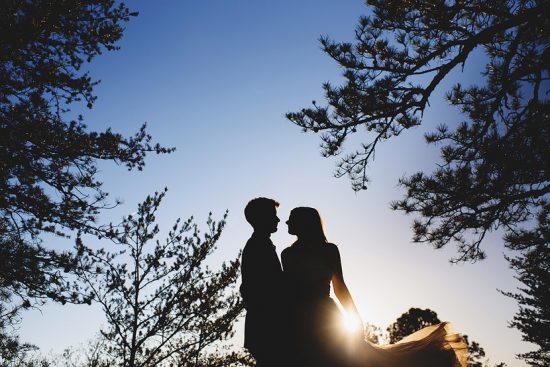
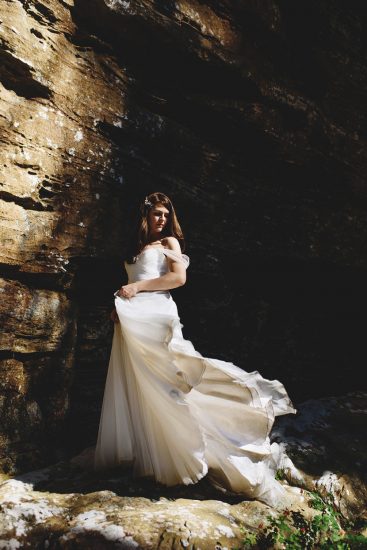
Nikon D5 review by Ross Harvey (Web, Facebook, Twitter, Instagram) was initially published here. All photos are © Ross Harvey and used with permission. If you have an interesting idea for a guest post, you can contact me here.
